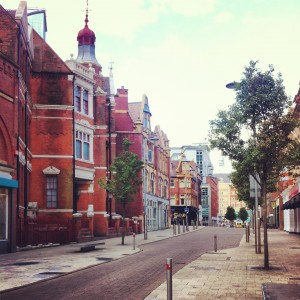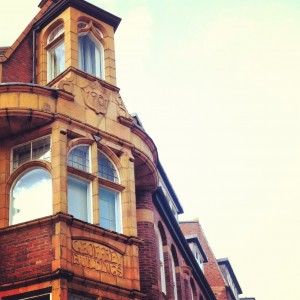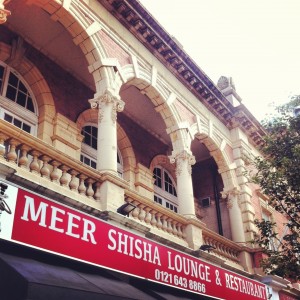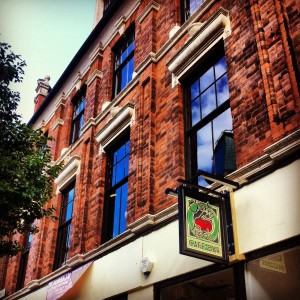A short walk down John Bright Street
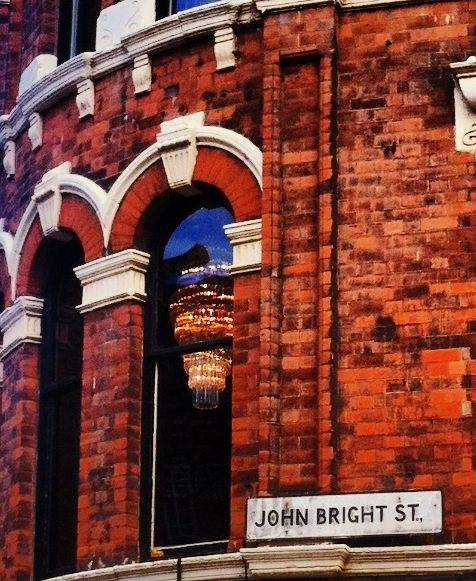 John Bright was MP for Birmingham for over thirty years, from 1858 to his death in 1889. A relatively obscure figure now, he was a key reformist figure in the nineteenth century. An independent thinker, for the majority of his parliamentary career he was not aligned to a particular party and campaigned for a whole range of reforms and progressive causes: the repeal of the Corn Laws; less authoritarian British rule in India; opposition to various military campaigns; support of the North in the American Civil War and persuading Abraham Lincoln to abolish slavery.
John Bright was MP for Birmingham for over thirty years, from 1858 to his death in 1889. A relatively obscure figure now, he was a key reformist figure in the nineteenth century. An independent thinker, for the majority of his parliamentary career he was not aligned to a particular party and campaigned for a whole range of reforms and progressive causes: the repeal of the Corn Laws; less authoritarian British rule in India; opposition to various military campaigns; support of the North in the American Civil War and persuading Abraham Lincoln to abolish slavery.
John Bright was said to have been one of the greatest orators of his generation. He coined the expression ‘the mother of Parliaments’ at a speech in Birmingham on parliamentary reform, and was supposedly the first person to use the expression ‘flogging a dead horse’.
Following in the earlier local tradition of Thomas Attwood’s Birmingham Political Union and Joseph Sturge’s Complete Suffrage Union, one of Bright’s greatest contributions was his role in extending the voting franchise to working people. 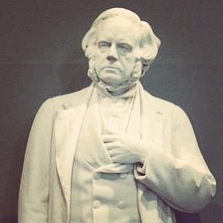 He launched his campaign for parliamentary reform at Birmingham Town Hall in 1858 and mass meetings were held in the city; in 1866 a huge open meeting attended by up to 200,000 people was held at Brookfields, around the modern day Pitsford Street in Hockley (the name lives on in Brookfield Road). The Second Reform Act was passed in 1867 and gave most urban men the vote – or at least ‘skilled urban artisans’; not yet labourers or any women – and more than doubled the size of the electorate.
He launched his campaign for parliamentary reform at Birmingham Town Hall in 1858 and mass meetings were held in the city; in 1866 a huge open meeting attended by up to 200,000 people was held at Brookfields, around the modern day Pitsford Street in Hockley (the name lives on in Brookfield Road). The Second Reform Act was passed in 1867 and gave most urban men the vote – or at least ‘skilled urban artisans’; not yet labourers or any women – and more than doubled the size of the electorate.
Further social reforms followed as a result, some of the physical results of which can still be seen today. New powers were enthusiastically embraced in Birmingham under Joseph Chamberlain’s leadership: the 1870 Education Act set up the education board that built Birmingham’s Victorian Board Schools; the Public Heath Act 1875 set the standards that led to the ‘bye law’ terraced housing built all over the city; the catchily-titled Artisans’ and Labourers’ Dwellings Improvement Act 1875 brought in the slum clearance powers used to build grand new streets, most famously Corporation Street.
Similarly, John Bright Street was driven through part of the ‘Inkleys’, which in the mid-nineteenth century was one of Birmingham’s most notorious slums. A number of impressive buildings still stand, in quite an eclectic range of styles. On the right hand side, walking down from the Gala Casino end of John Bright Street (an interesting 1960s building if not to everyone’s taste), there is a beautiful run of turn-of-the-century buildings including the Geoffrey Building, all of which are listed. A bit further on, the former Birmingham Skin Hospital, dating to 1888, is also listed. On the opposite side, the Victoria pub dates to the late nineteenth century and the Alexandra Theatre was opened next door in 1901. There isn’t too much to look at from John Bright Street because the main entrance was moved over to Suffolk Street via an unusual bridge in the 1960s to a design by John Madin, but the 1930s Art Deco auditorium is well worth seeing. The Futurist Cinema followed around 1914.
In contrast to John Bright’s Quaker faith and background in the temperance movement, John Bright Street later became a centre for nightclubs and bars. At one point in the early 1980s it was apparently the place for a night out in Brum, mainly down to nightclub impresario Eddie Fewtrell.
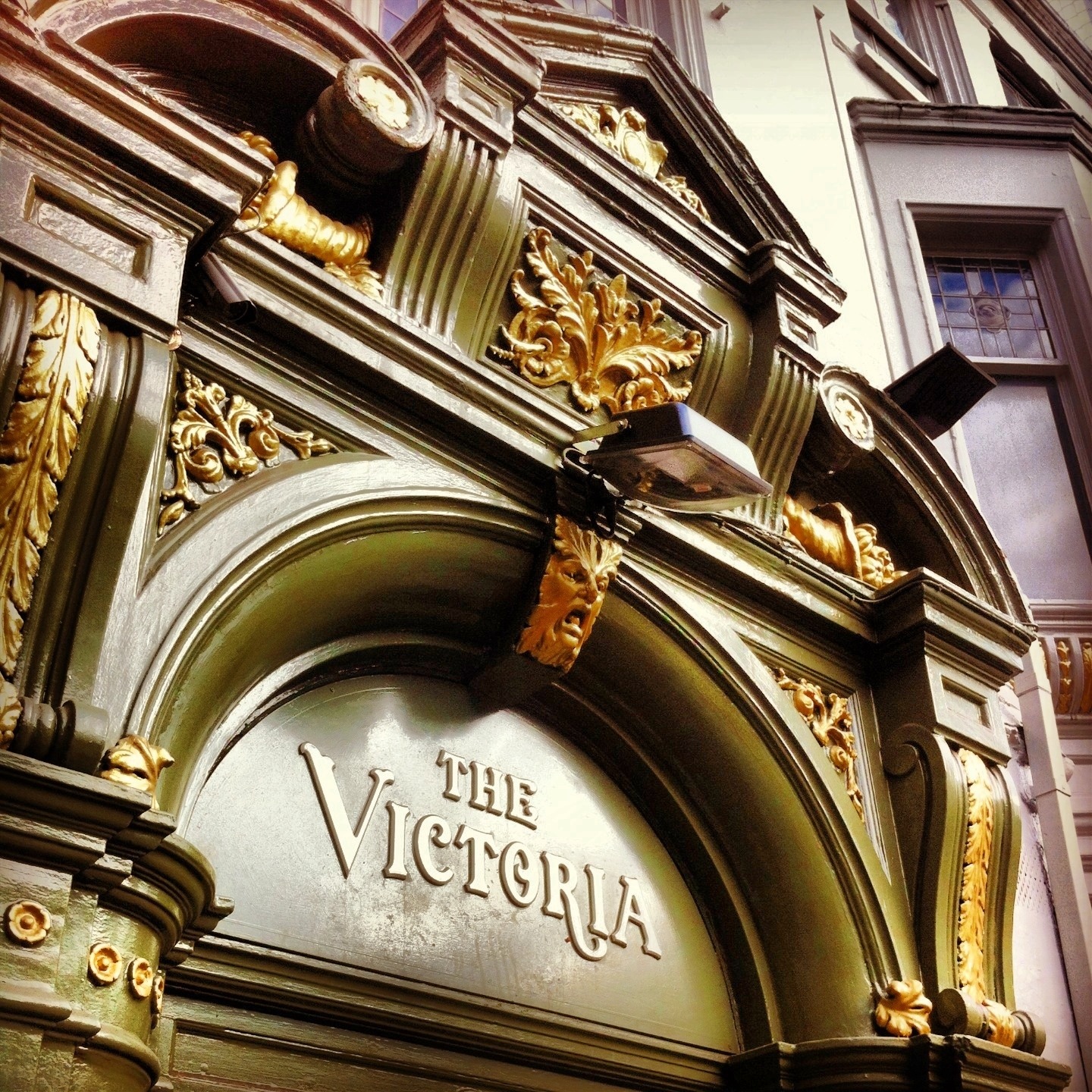
Following the success of earlier legendary clubs like the Cedar Club and Barbarella’s (which during the punk era hosted Sex Pistols, the Clash, Ramones, Buzzcocks and Birmingham’s own The Killjoys – featuring a pre-Dexys Midnight Runners Kevin Rowland) he opened up the self-titled Edward’s, Rebecca’s and Abigail’s – both named after his daughters – along the street. Even the old hospital for a time became a nightclub known as ‘The Hospital’. All a bit before my time, though I do remember ‘Edward’s No.8’ in its rock guise.
Until quite recently John Bright Street was looking a bit tired, in common with some other streets at the ‘back’ of New Street station, as nightlife moved on to other parts of the city centre. The Futurist closed as a cinema in the 1990s and has had a chequered history since; according to the sign on the front it is currently a shisha lounge and restaurant. Many of the other buildings have been knocked about and fire-damaged. However, things are looking up in the area, with some trendy new bars like Brewdog, Cherry Red’s and the Victoria opening, a neat pedestrianisation scheme, and the prospect of the new New Street Gateway opening out this way.
So, perhaps next time you are supping a craft beer in one of John Bright Street’s fashionable nightspots, raise a glass to the Birmingham MP who helped give the vote to artisans.


